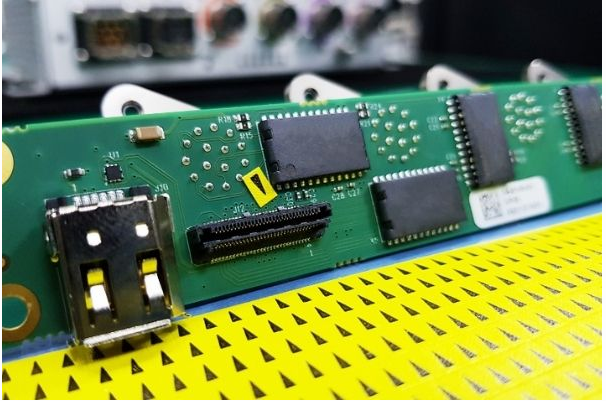PCBA factory is a one-stop factory that can do everything from PCB proofing, SMT chip processing, component selection, DIP plug-in post-welding, and assembly testing. A qualified PCBA factory can deal with the following difficult problems:
1. Will do proofing of various PCB circuit boards, including military-grade high-frequency boards, flexible circuit boards, ceramic substrates, characteristic impedance boards, metal substrates, chemical nickel gold boards, thick copper power boards, flexible and hard boards, etc., These PCBs of different materials have different requirements, and none of the PCB factory customers’ requirements are the same. Therefore, to grasp the requirements of these PCBs and customer needs, the most important thing is to ensure quality. This is a difficult point. There is a problem with the process, and all subsequent processes will cause poor quality due to the mistake of the starting point.

2. SMT patch, the process includes: incoming material inspection, solder paste printing, SMT patch processing, DIP plug-in post-welding, assembly test, first article inspection, etc., including SPI solder paste detector, online AOI, offline AOI, X-ray, the first inspection PCBA instrument, etc. In addition, any difference in the quality of the solder paste, mixing, and soldering stability will cause quality problems.
3. The procurement and storage of PCB components, especially humidity-sensitive components, BGA and IC, have very strict storage requirements. If the preservation measures are not in place and all soldered components cannot pass the inspection, it is not only a rework problem, but also It will affect the launch time of customers' products and cause unnecessary time cost output.
In the PCBA circuit board production process, a lot of machinery and equipment are needed to assemble a PCB circuit board. Often the quality level of a factory's machinery and equipment directly determines the manufacturing capacity.
Modern solder paste printers generally consist of plate loading, solder paste, imprinting, and circuit board transfer. Its working principle is: first fix the circuit board to be printed on the printing positioning table, and then use the left and right scrapers of the printer The solder paste or red glue is printed on the corresponding pad through the stencil, and the evenly printed PCB is input to the placement machine through the transmission table for automatic placement.
There is a heating circuit inside the reflow soldering, which heats the air or nitrogen chip factory air to a high enough temperature and blows it to the circuit board where the component is already attached, so that the solder on both sides of the component is melted and bonded to the motherboard. The advantage of this process The temperature is easy to control, oxidation can be avoided during the welding process, and the manufacturing cost is easier to control.
During automatic inspection, the machine automatically scans the PCB through the camera, collects images, compares the tested solder joints with the qualified parameters in the database, after image processing, checks out the defects on the PCB, and displays/marks the defects through the display or automatic signs Come out and be repaired by maintenance personnel.